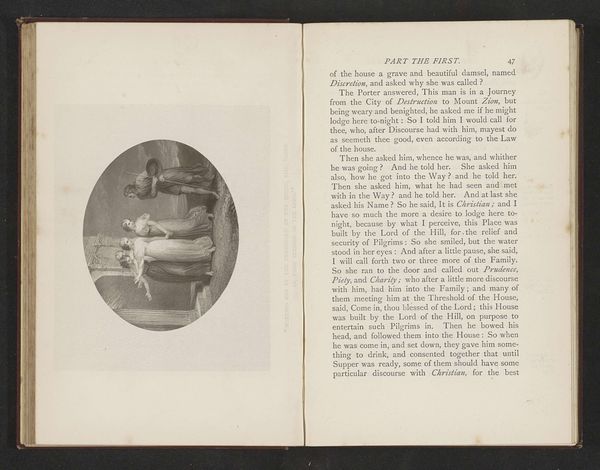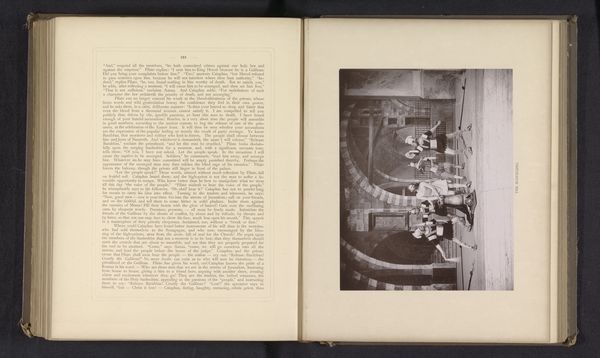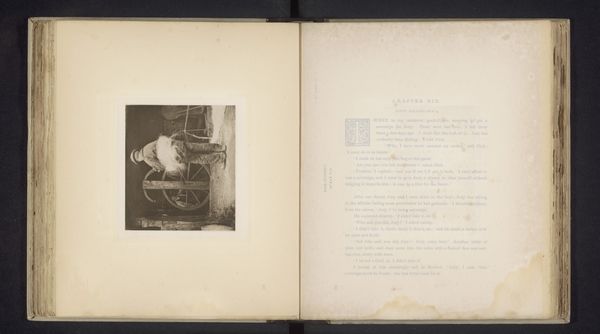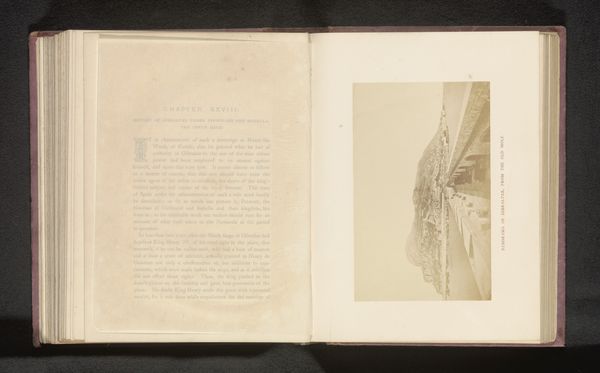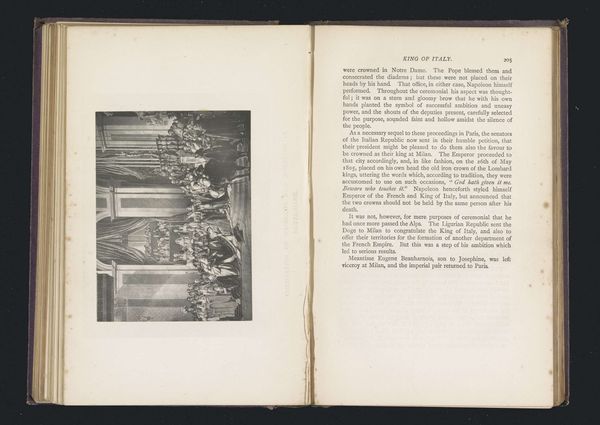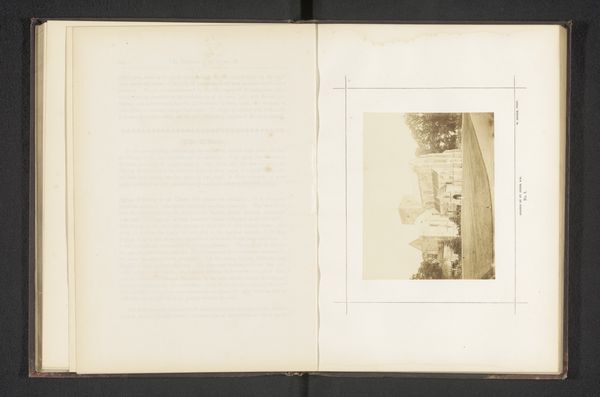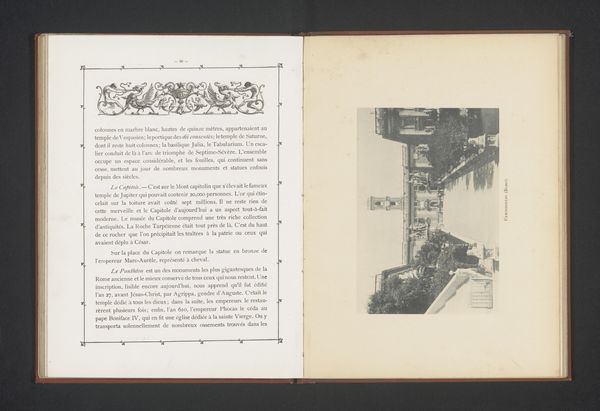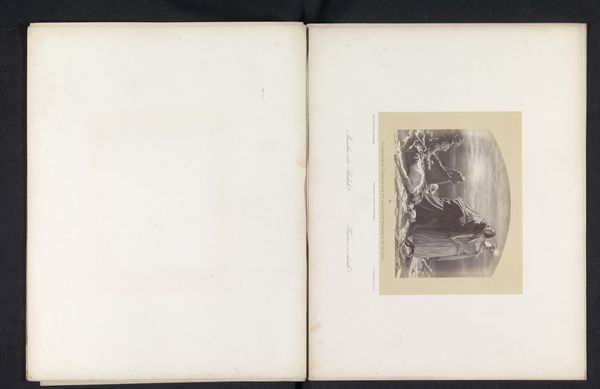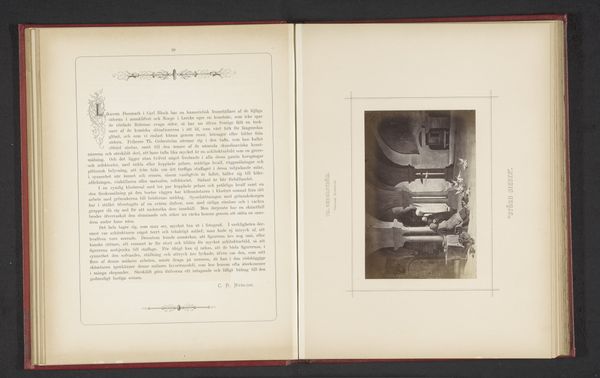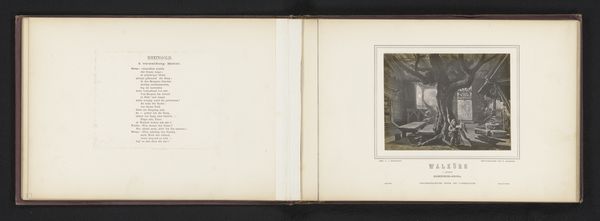
print, paper, photography, collotype
# print
#
paper
#
photography
#
collotype
#
paper medium
Dimensions: height 167 mm, width 227 mm
Copyright: Rijks Museum: Open Domain
Editor: So, this is "The Crowning with Thorns," a collotype print before 1890 by Carl Stockmann. I'm immediately struck by the stage-like quality, it feels performative rather than documentary. How do we interpret the theatrical staging of such a biblical scene through the lens of art history? Curator: It's crucial to consider how the late 19th-century context informed its production and reception. Photography and printmaking at the time often aimed to legitimize themselves as fine arts. Think about how this plays into staging a sacred scene like the crowning with thorns. Does it mimic classical paintings? Editor: I see the resemblance to history paintings, but its photographic nature feels different somehow. There’s a detachment. It’s like watching a play rather than feeling the scene's intensity. Curator: Exactly. And consider the public role of religious imagery at the time. Were these images meant for private devotion or public spectacle? Was it an attempt by the church to modernize and use new media for didactic purposes? How does that influence its composition and the artist’s choices? Editor: That's a great point. It almost feels like early propaganda in a way. The setting and composition appear carefully orchestrated to communicate specific ideals. But is it working effectively in eliciting the emotion? Curator: Well, effective propaganda depends on its audience, doesn't it? For some, the image’s inherent religious context might bring profound emotional response. The formal artistic qualities might also provide entry to other viewers, expanding its reception, though others might read into this staging a less successful approach. How might its public display changed over the years in the present context? Editor: I see what you mean. Considering it from a socio-political lens offers a much richer interpretation than just viewing it as a standalone artwork. Thanks! Curator: My pleasure. Analyzing the history of visual culture really lets us consider the power dynamics at play behind the image.
Comments
No comments
Be the first to comment and join the conversation on the ultimate creative platform.
